





You might like
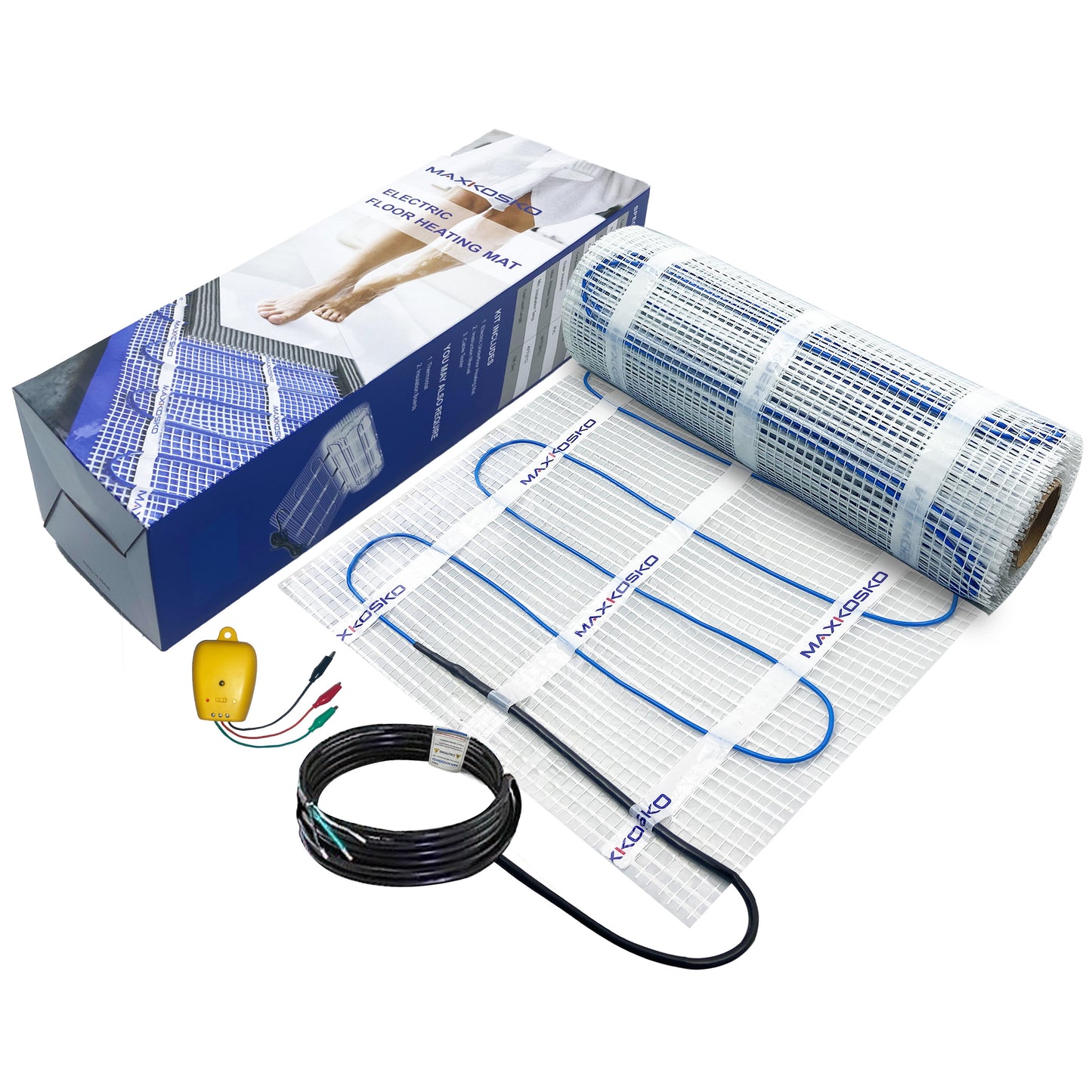
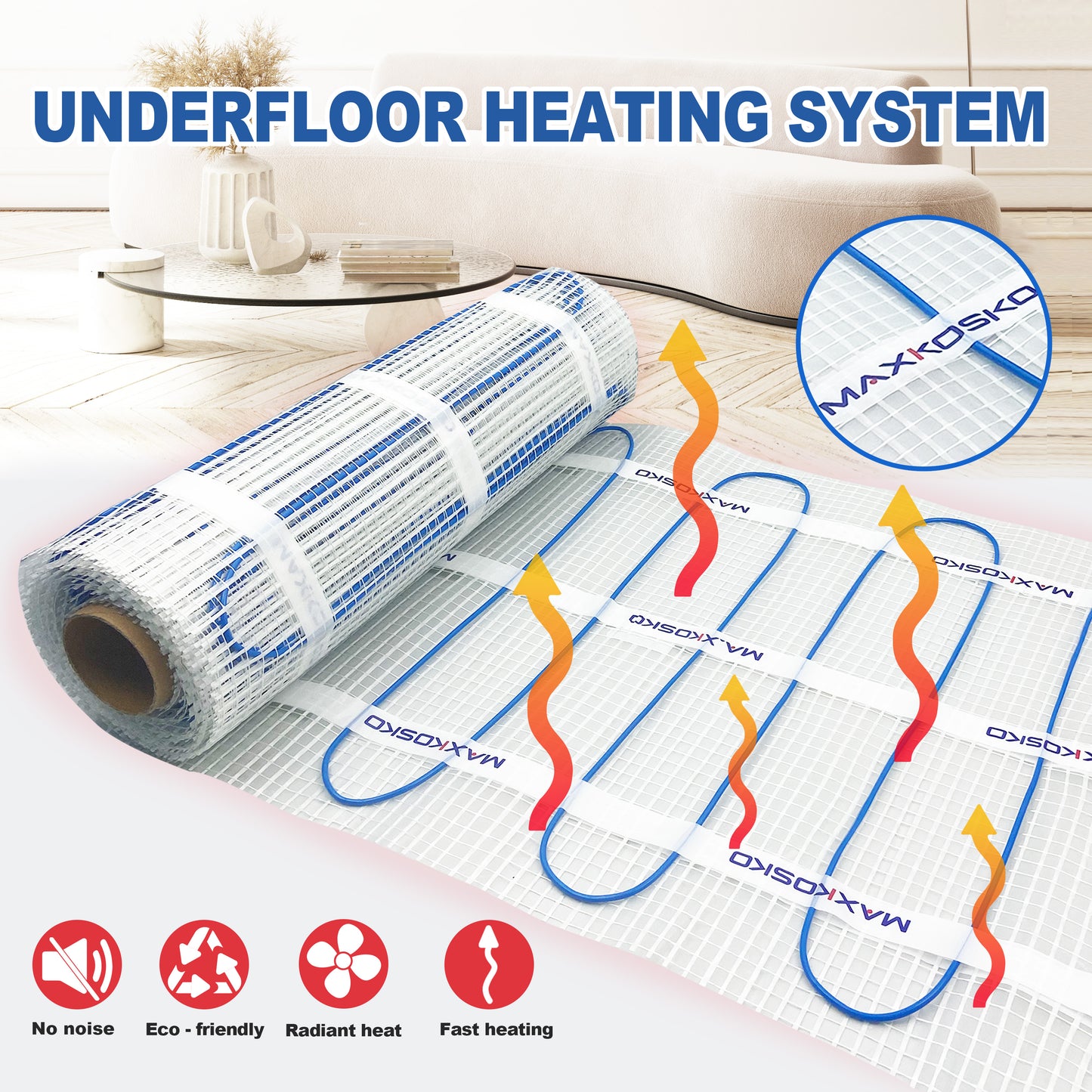
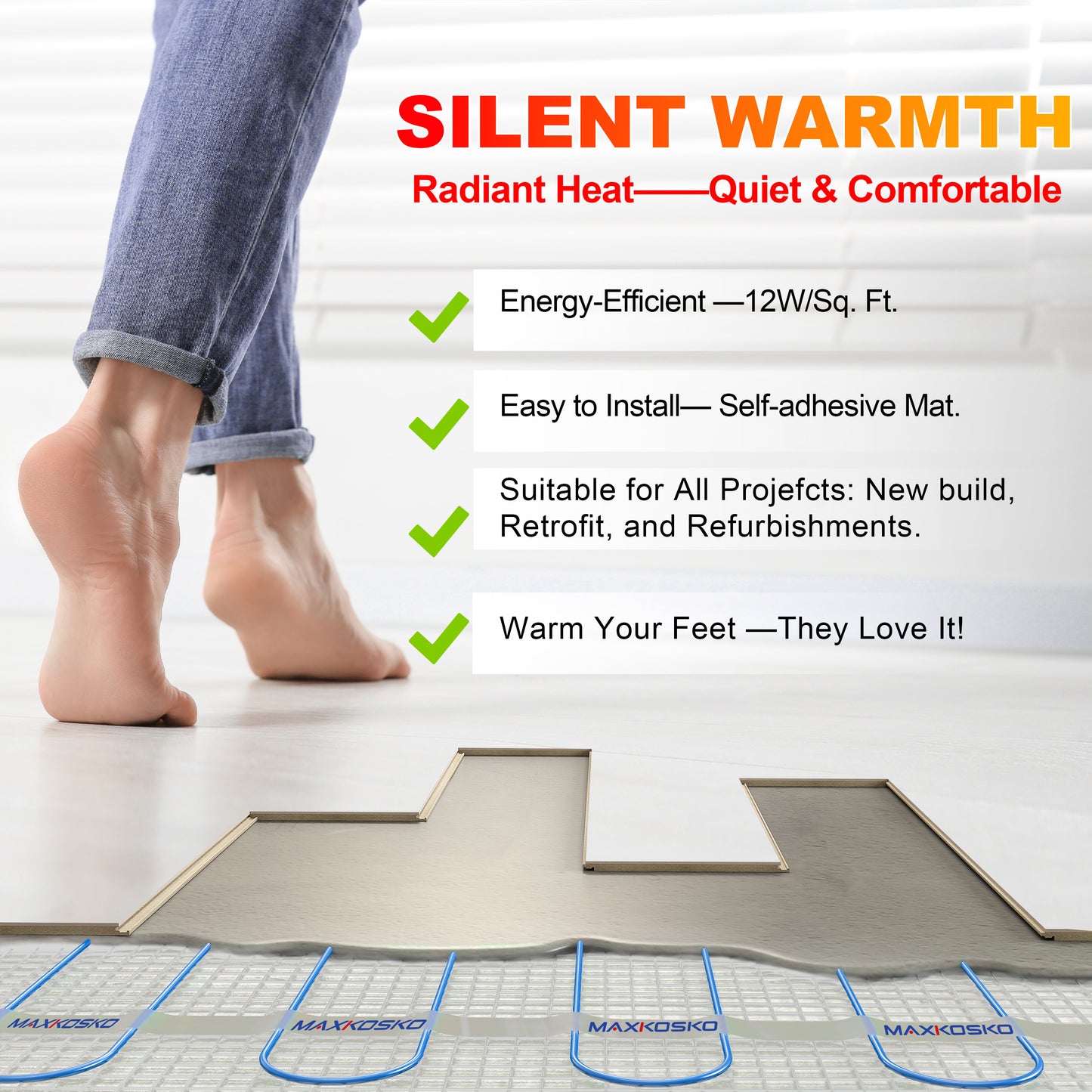
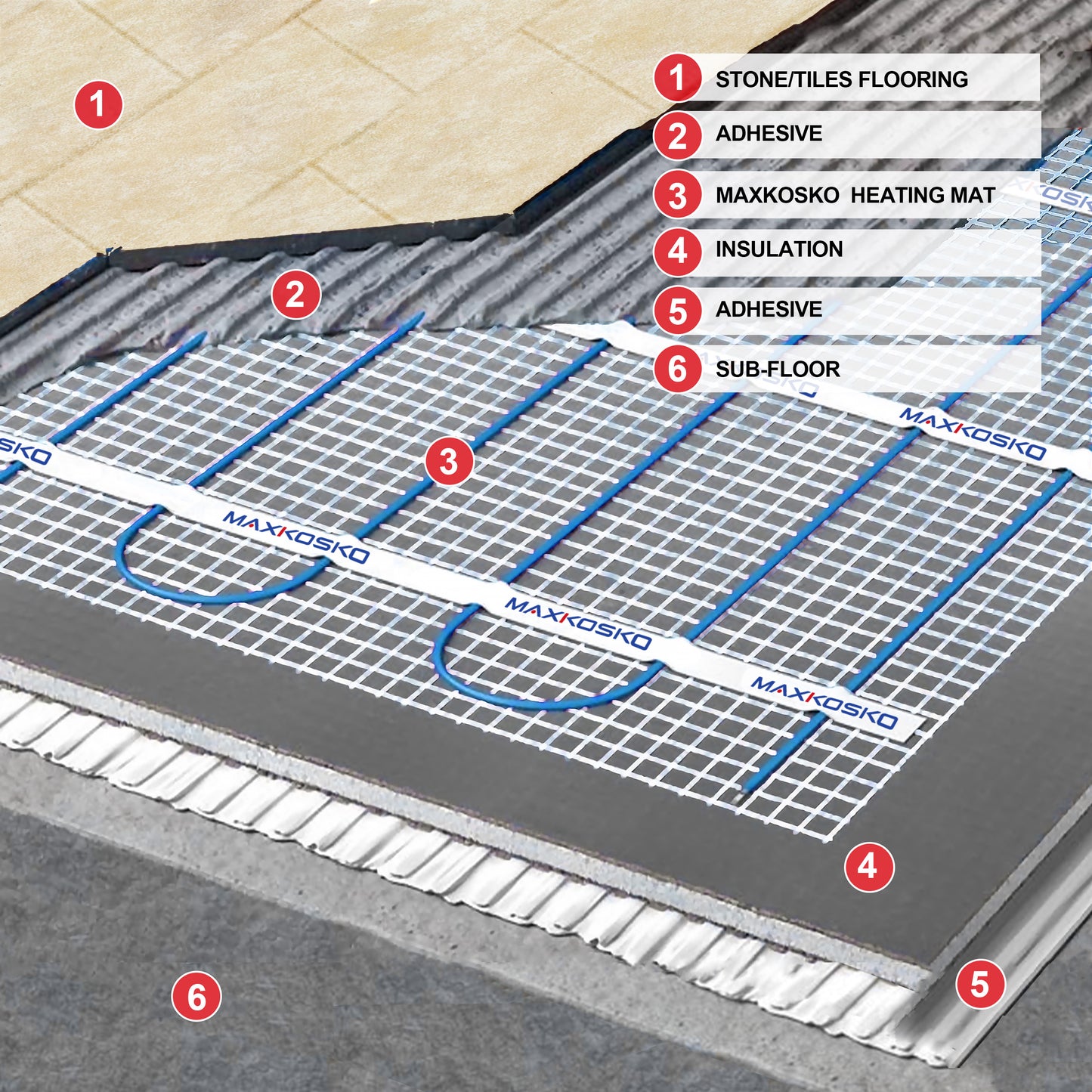
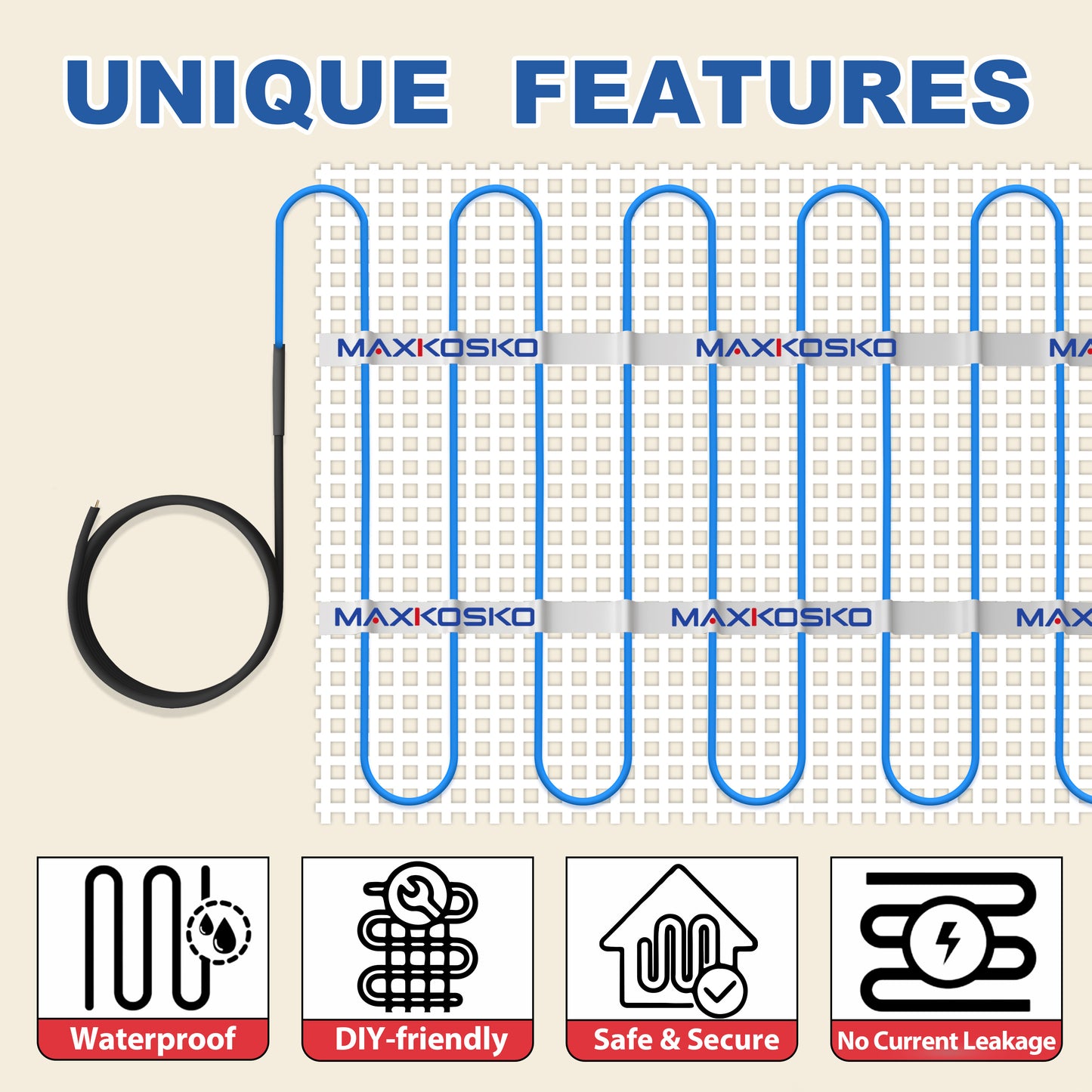
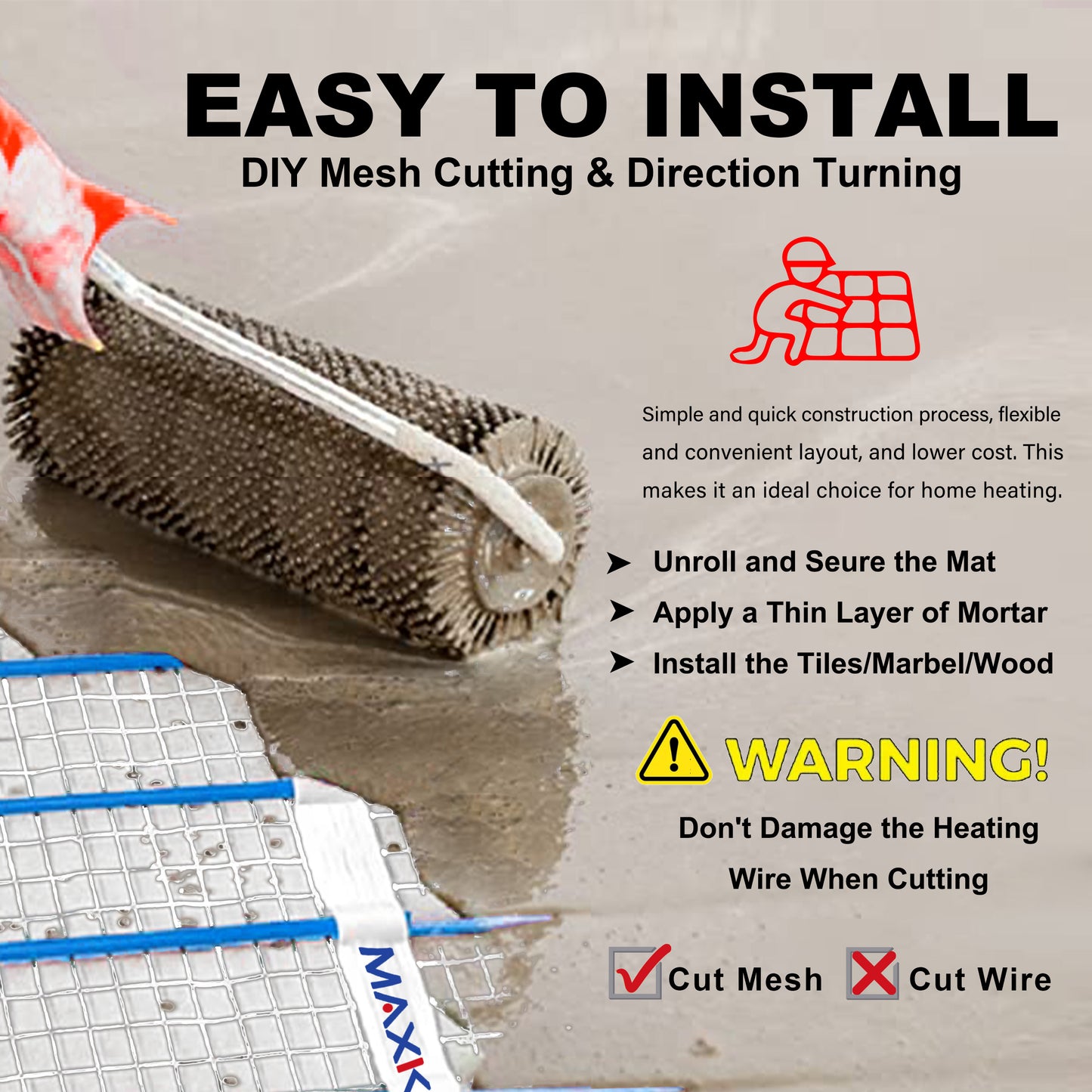






Is this project rated for use in Canada?
Yes!
How do you ensure the mat is flat and will stay secured when laying directly onto concrete ? Is an adhesive required?
When installing a floor heating mat directly onto concrete, ensuring that it stays flat and secure is crucial for optimal performance. Here are some steps to achieve this:
1. Surface Preparation:
- Ensure that the concrete surface is clean, dry, and free of any debris, dust, or irregularities.
- If there are any cracks or uneven areas, consider patching or leveling the surface.
2. Adhesive Usage:
- While it's not always necessary to use adhesive, some installers prefer to use thin-set mortar or a specialized adhesive designed for floor heating mats.
- Adhesive can help to secure the mat to the floor and provide a flat surface.
3. Sticky Tape:
- This floor heating mats come with sticky tape on the back. This tape can be used to secure the mat to the floor temporarily during installation.
I have 2 rooms totalling 150 sq ft that I would like to operate as one controllable area. Can I order 3x 50 sq ft kits and connect them ? Or 1x 100 sq ft + 1x 50 sq ft kit? Also, can these be hooked up to 220 service or are they 110 service only ?
I recommend going with 1x 100 sq ft kit and 1x 50 sq ft kit, then connecting both kits to your thermostat for control.
Please note that you'll need to purchase a thermostat specifically designed for electric floor heating.
Typically, such thermostats come with a floor sensor to ensure accurate temperature control.
Regarding the power supply, our mat kits are suitable for 110V-120V only.
Can I use this directly on mahogany or popular underlayment?
In many cases, floor heating mats are designed to be installed on a suitable substrate, such as cement backer board or an membrane, to ensure efficient and safe operation.